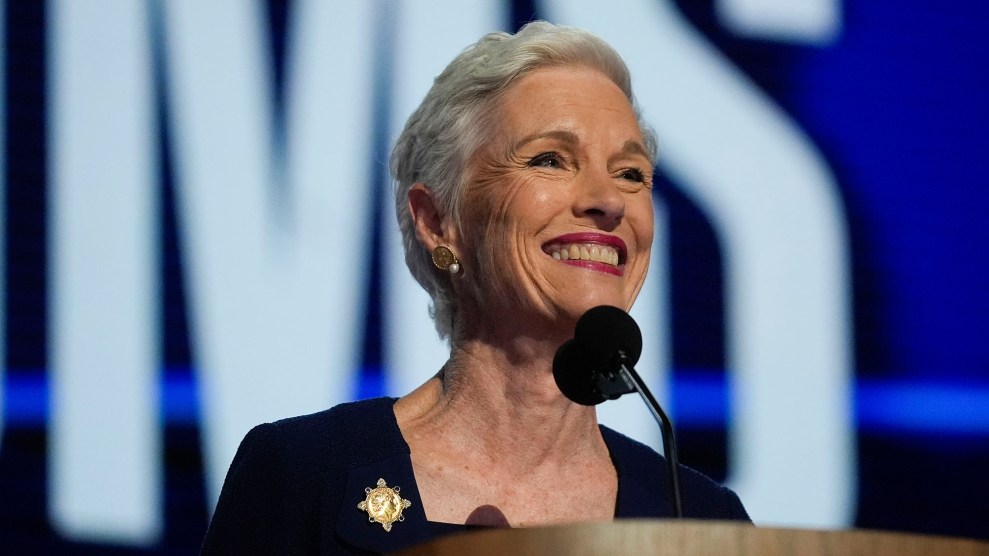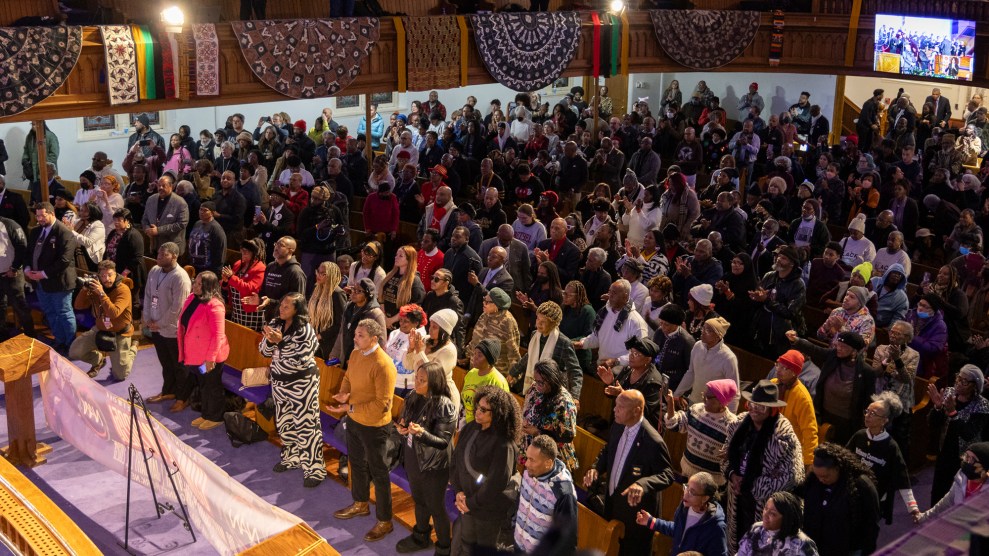Why are 800,000 young children in Africa dying of malaria each year when “when there are medicines that cure for 55 cents a dose, mosquito nets that shield a child for $1 a year and indoor insecticide spraying that costs about $10 annually for a household”? The New York Times tries to figure that out today. Insufficient funds are part of the reason; mismanagement and dysfunctional aid agencies are another:
Only 1 percent of [USAID’s] 2004 malaria budget went for medicines, 1 percent for insecticides and 6 percent for mosquito nets. The rest was spent on research, education, evaluation, administration and other costs.
Social conservatives like Sen. Sam Brownback, to their credit, are trying to reform the “foreign aid industrial complex” and make things more efficient. Via Tapped, I also see that Joshua Kurlantzick has a good article in the Washington Monthly about efforts to fight malaria, which notes that USAID has been reluctant to push a new and effective malarial medicine for a variety of reasons, racism among them. Kurlantzick also knocks down the oft-repeated right-wing canard that people are dying in Africa because they’re not allowed to spray DDT all over the place (contrary to what conservatives often say, they are allowed to do so, and anyway, that’s only a partial solution). And the obsession with DDT has hampered the push to get effective anti-malarial drugs to Africans.
Ultimately, a lot of this comes down to money—namely, that current aid levels are inadequate. Private charity can’t solve everything on its own. As the Times reports, the Gates Foundation has given $177 million for malarial controls. That’s significant, but last year the Global Fund to Fight AIDS, Tuberculosis, and Malaria came up $300 million short of what it needed to buy drugs. The Bush administration requested only $200 million for the Global Fund, half of what Congress had appropriated the year before. That’s quite clearly not enough.
















